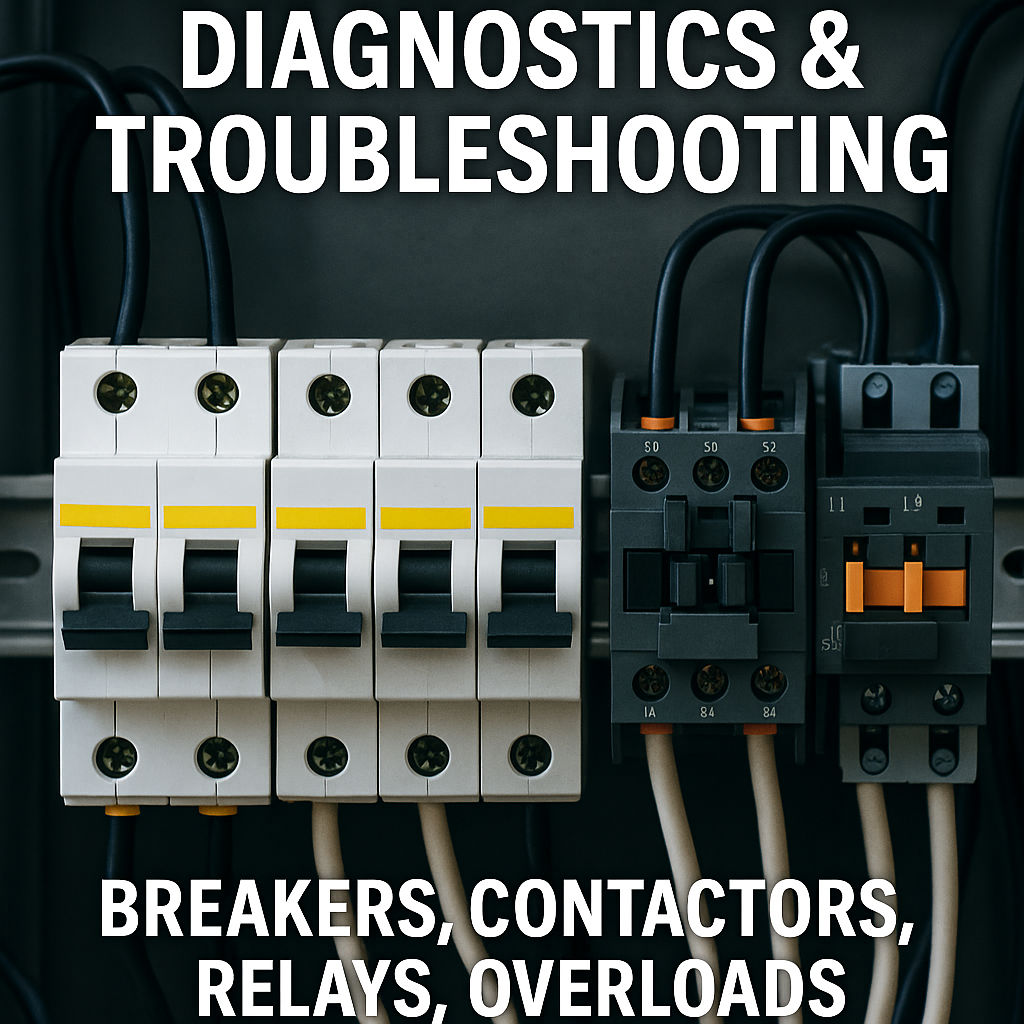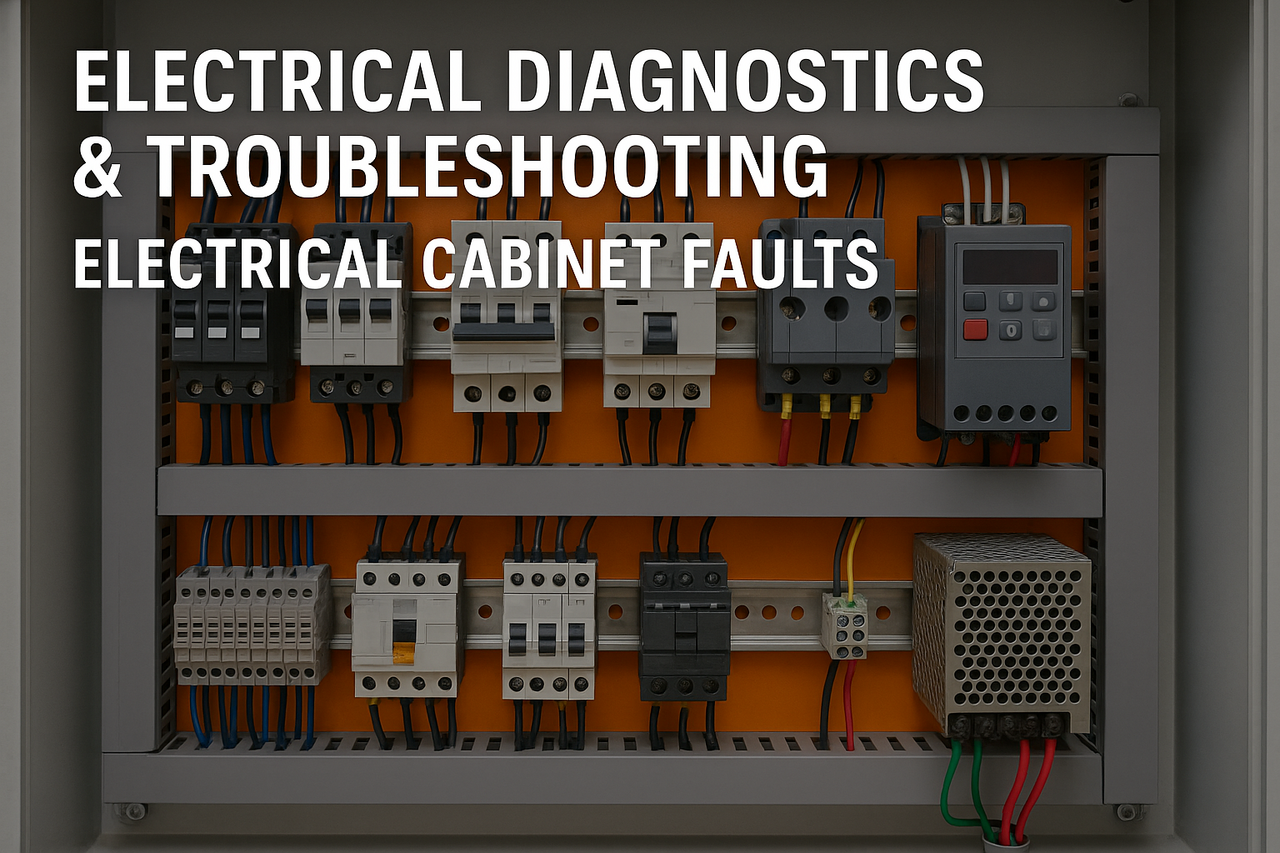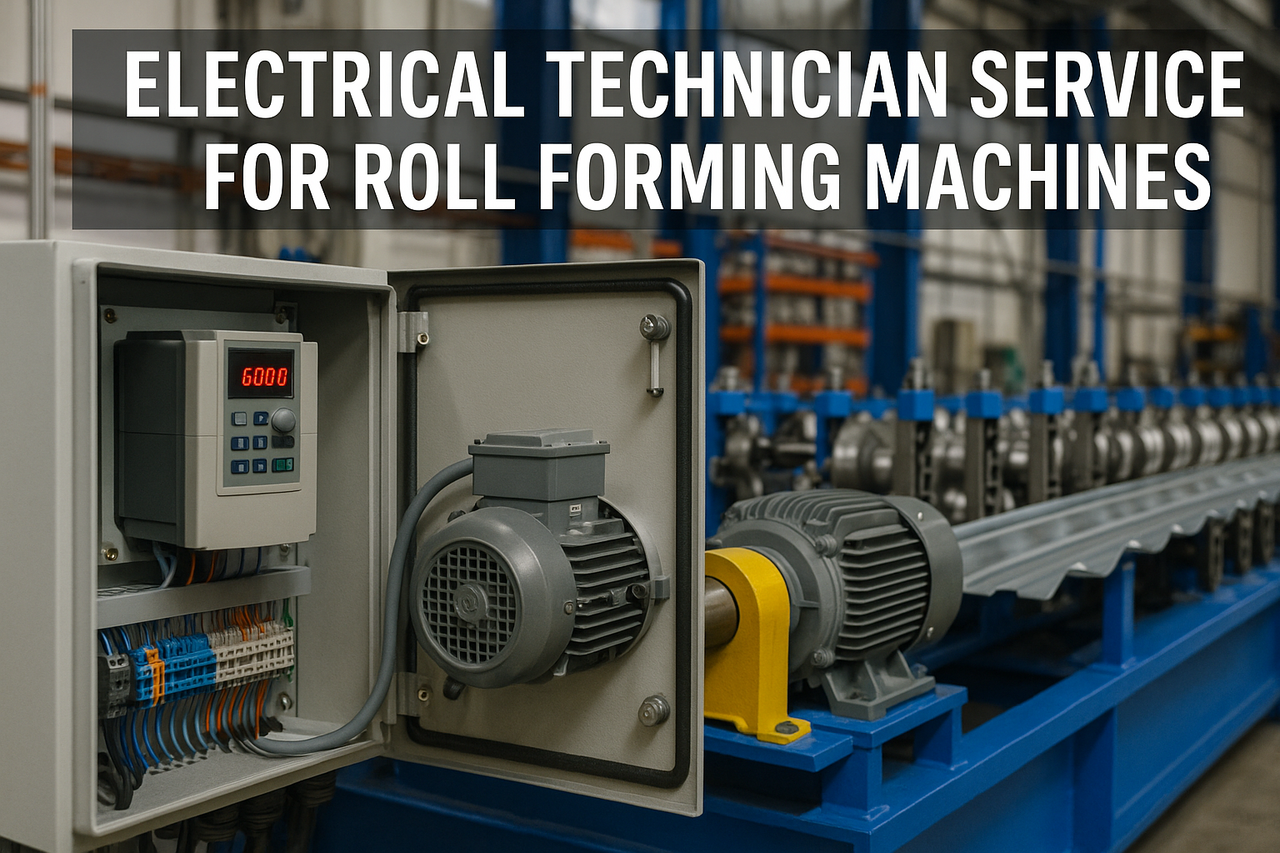
Posted on Sunday, November 16, 2025
Modern roll forming machines depend heavily on VFDs (Variable Frequency Drives) and servo motors to achieve accuracy, speed, and synchronized cutting. When a VFD or servo fault occurs, your entire production line can stop instantly — even if the mechanical section of the machine is perfectly fine.
This comprehensive guide explains the most common VFD and servo errors, their causes, symptoms, diagnostic steps, and how to prevent recurring downtime. It’s written specifically for roll forming machine owners, electricians, technicians, and factory managers who want to understand drive system failures and reduce costly downtime.
Used on:
Main forming motor
Decoiler motor
Hydraulic pump motor
Run-out table motors
Embosser motors
Auxiliary drives
Controls speed, torque, acceleration, deceleration, overload, and motor protection.
Used for:
Flying cutting systems
Punching & notching positioning
Length control systems
Feeder rollers
High-precision stop-to-cut operations
Servo issues directly impact cut-length accuracy, fault codes, encoder sync, and blade timing.
Occurs when the motor draws excessive current.
Roller jam
Tight bearings
Misalignment
Incorrect acceleration time
Too much torque boost
Undersized motor
Wrong motor parameters
Inspect mechanical load first
Increase acceleration/deceleration times
Reduce torque boost
Verify motor FLA & motor settings
Check motor cable insulation
Inspect bearings and couplings
Occurs during deceleration or poor incoming power quality.
Fast deceleration
Regenerative load
High mains voltage
Long cable causing reflected waves
Increase deceleration time
Install braking resistor
Add line reactor (if incoming power unstable)
Check voltage under load
Dangerous because it increases motor amp draw.
Weak mains supply
Poor factory wiring
Loose terminals
Undersized breaker or cable
Tighten all terminals
Check main breaker size
Measure voltage at peak load
Inspect for burnt connectors
Prolonged heavy load
Blocked airflow on VFD
Incorrect VFD motor rating
Mechanical drag
Reduce machine load
Clean vents and fans
Verify V/F or vector control mode
Adjust overload protection settings
Damaged motor cable
Wet electrical panel
Poor insulation
Motor winding fault
Megger test the motor
Inspect motor cable for breaks
Dry & clean electrical cabinet
Replace insulation-damaged wiring
Seen on machines with PLC-to-VFD communication.
Broken communication cable
Electrical noise
Incorrect baud rate
Loose terminal
Re-seat terminals
Shorten communication cable
Set correct baud and parity
Add shielding
The servo cannot reach the expected position in time.
Mechanical binding in flying saw
Bad encoder
Wrong acceleration curve
Incorrect servo tuning
Backlash in gearbox
Inspect mechanics for drag
Re-tension timing belts
Re-tune servo parameters
Verify encoder wiring
Check for loose couplings
Damaged encoder cable
Loose plug
Oil contamination
Misaligned encoder wheel
Electrical noise
Replace encoder cable
Use shielded cables
Clean encoder housing
Verify correct encoder pulse setting
Blade binding
Punching cylinder out of sync
Excessive mechanical load
Wrong torque limit
Lower servo speed temporarily
Inspect punching unit
Lubricate bearings
Correct torque parameters
Incorrect PID tuning
Length encoder mismatch
Wrong gear ratio settings
Flying saw movement too aggressive
Adjust servo tuning
Verify gear ratio config
Reduce acceleration rates
Check length encoder settings
High load
Ambient heat
Blocked ventilation
Loose motor leads
Add cooling fans
Improve airflow
Reduce load
Check motor connections
This is ALWAYS step 1.
Is the flying saw jammed?
Are timing belts tight?
Are bearings clean and lubricated?
Is material dragging between guides?
70% of VFD/servo errors start with mechanical problems.
Loose terminals
Burnt connectors
Overheated VFD
Wrong cable sizes
Contactor chatter
Damaged relays
Every brand has different terminology:
Delta
Yaskawa
Siemens
Mitsubishi
Fuji
Schneider
LS
Inovance
ABB
I can also create a full list of fault code translations if you want.
Measure phase-to-phase voltage
Monitor VFD output current
Check carrier frequency
Jog slow speed
Check feedback pulses
Verify encoder direction
Confirm mechanical resistance
After repair:
Clear fault
Run test coil
Check for recurrence
Save VFD & servo parameters
Log in Maintenance File
For countries with unstable power.
Especially near hydraulic pumps.
Dust causes overheating.
VFD/servo resets happen often in weak grids.
Contact a professional if you see:
Repeated VFD trips
Servo drive fault every shift
Inconsistent cut lengths
Encoder alarms
Drive overheating
Unstable speed control
Random machine stops
Flying saw “miss cuts”
Machine Matcher provides:
Worldwide support — USA, UK, Europe, Middle East, Africa, Asia, Latin America.
Acceleration time is too short or mechanical drag is too high.
Encoder noise or mechanical backlash.
Yes — incorrect current or V/F settings can overheat windings.
Incorrect tuning, incorrect gains, or mechanical backlash.
Noise, improper shielding, mismatched baud rate, or loose terminals.
Overload, incorrect torque limit, high ambient heat, or failing bearings.
Damaged cable, oil contamination, or loose encoder plug.
Looking for the right roll forming machine or expert guidance on your next project? Machine Matcher is here to help. Our global team provides 24/7 technical support, expert advice, and guidance on machine selection, setup, and maintenance—ensuring your operations run smoothly from day one.
With team members based worldwide—including the UK, USA, Middle East, and beyond—we are equipped to assist buyers across the globe. Whether you’re sourcing a single machine or upgrading an entire production line, our experts are ready to provide tailored solutions and support every step of the way.
Get in touch now and let Machine Matcher help you find the perfect roll forming machine for your business.
United Kingdom (Main Office)
Phone: +44 20 335 56554
United States
Phone: +1 407 559 7948
Mobile / WhatsApp: +44 7816 972935
Email: [email protected]

Posted on Sunday, November 16, 2025
How to Diagnose Power Circuit Failures That Shut Down Production

Posted on Sunday, November 16, 2025
How to Identify, Diagnose, and Repair Control-Panel Failures That Stop Production

Electrical Technician Services for Roll Forming Machines — Complete 2025 Support & Diagnostics
Posted on Sunday, November 16, 2025
Worldwide electrical technician services for roll forming machines. Fast diagnostics, PLC/VFD repair, calibration, safety checks, and full panel support.
Copyright 2025 © Machine Matcher.